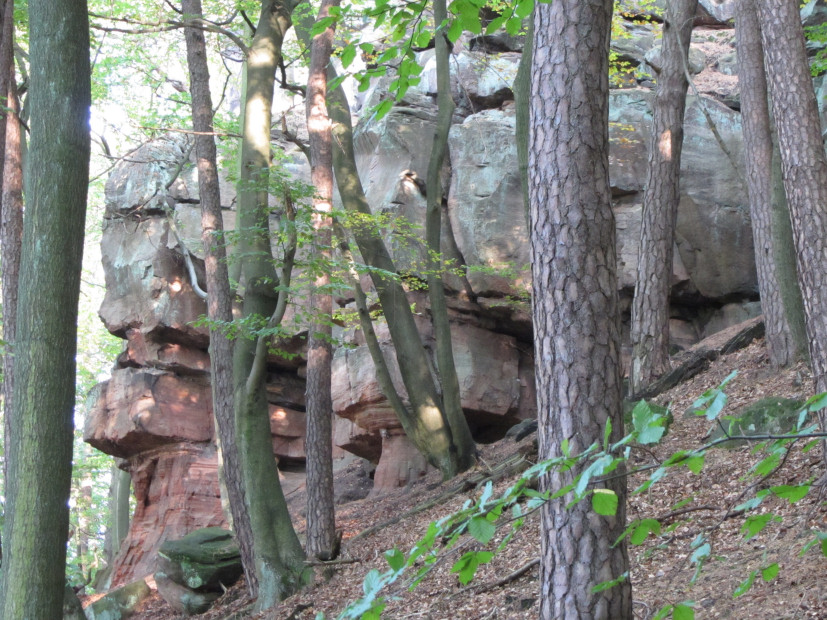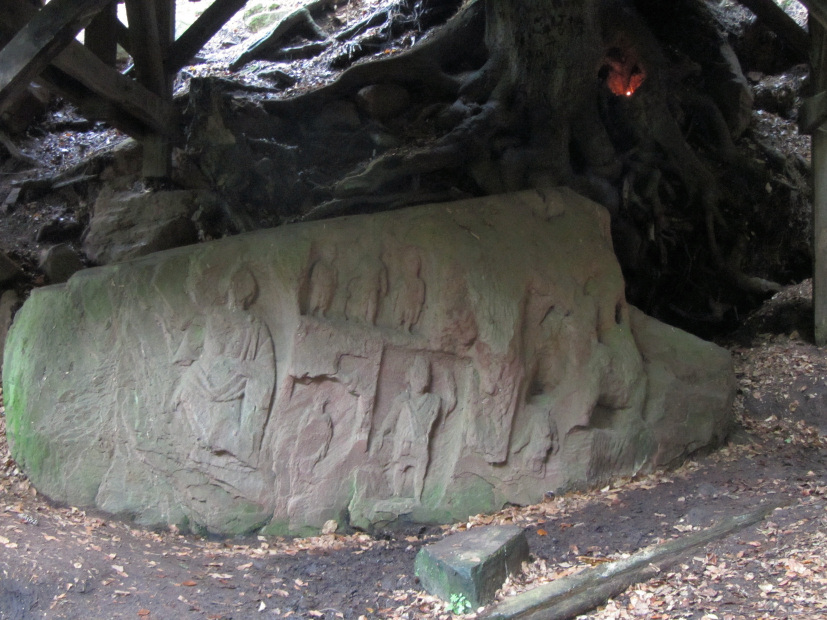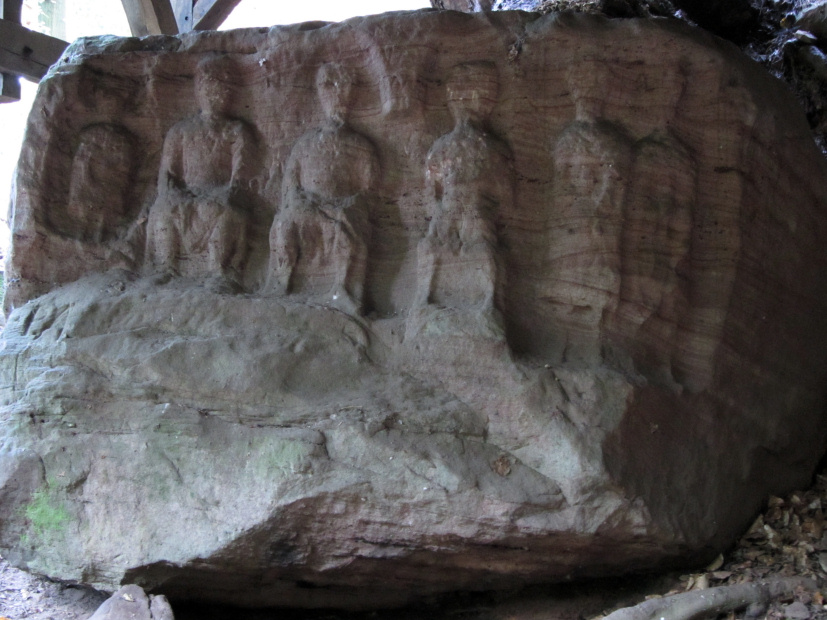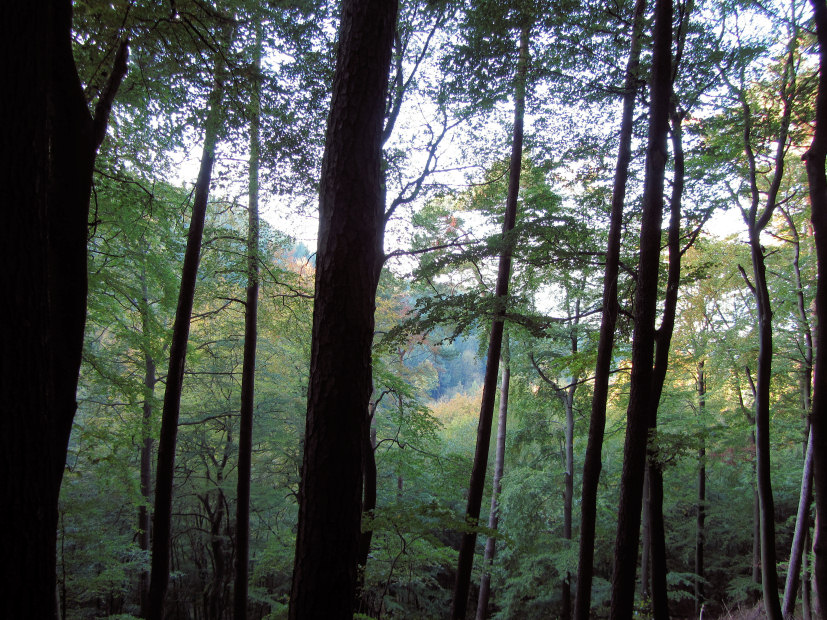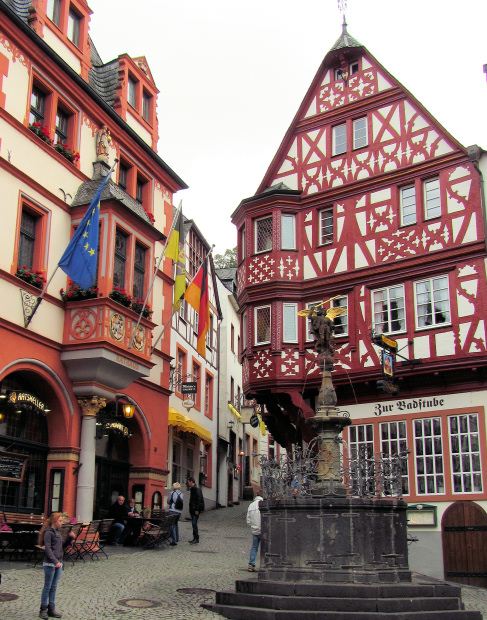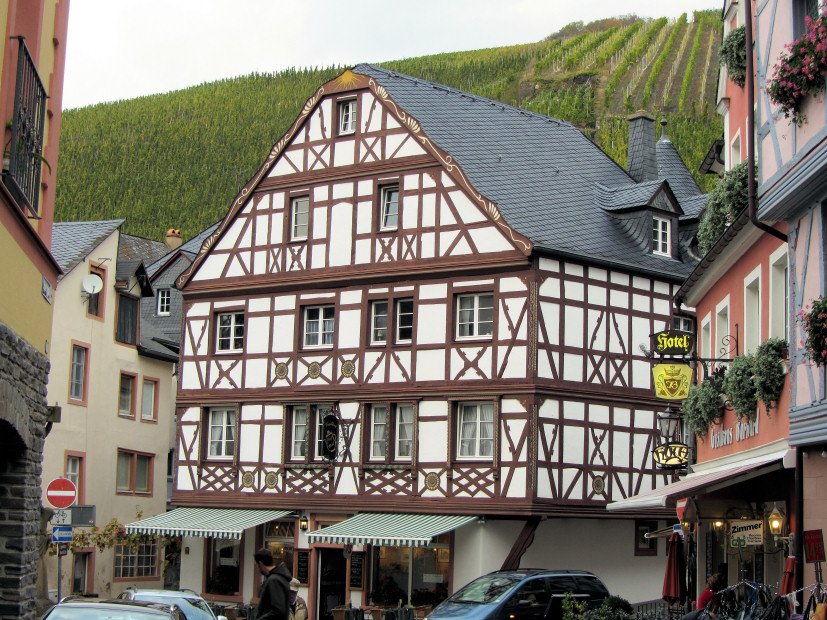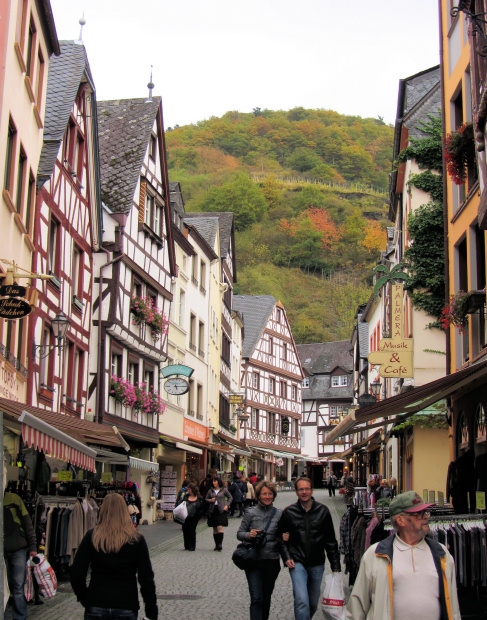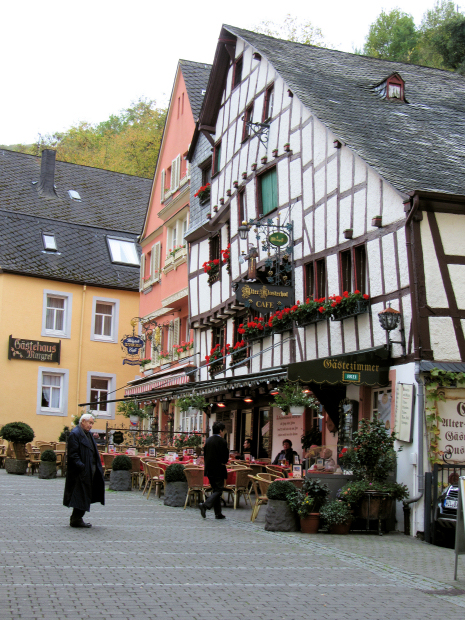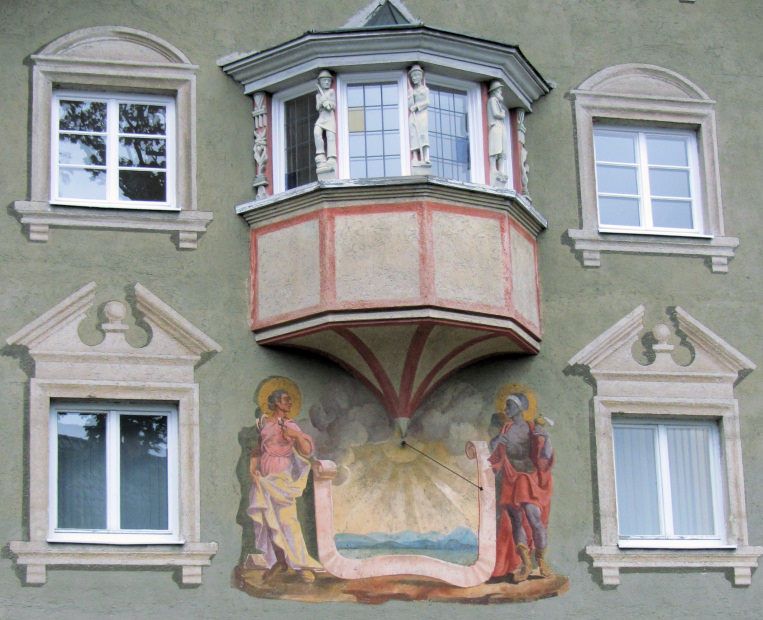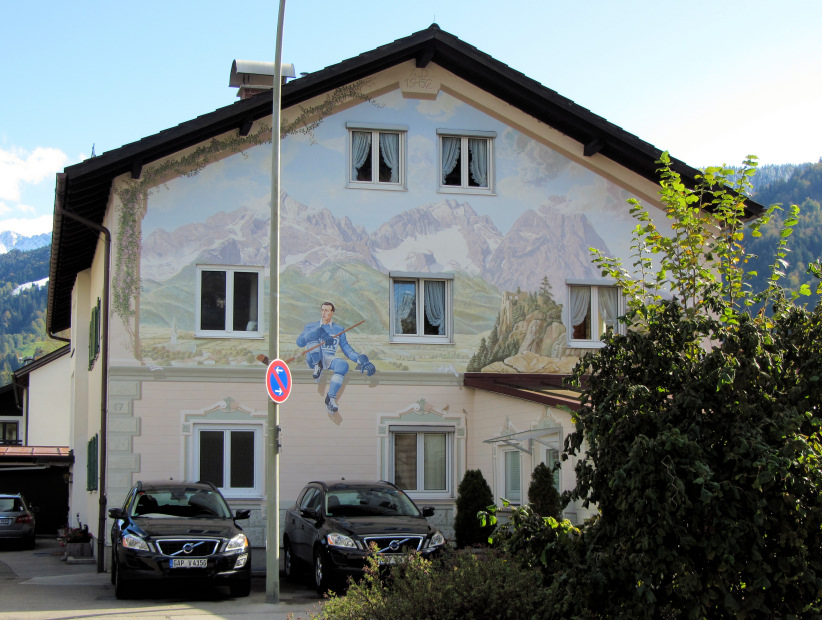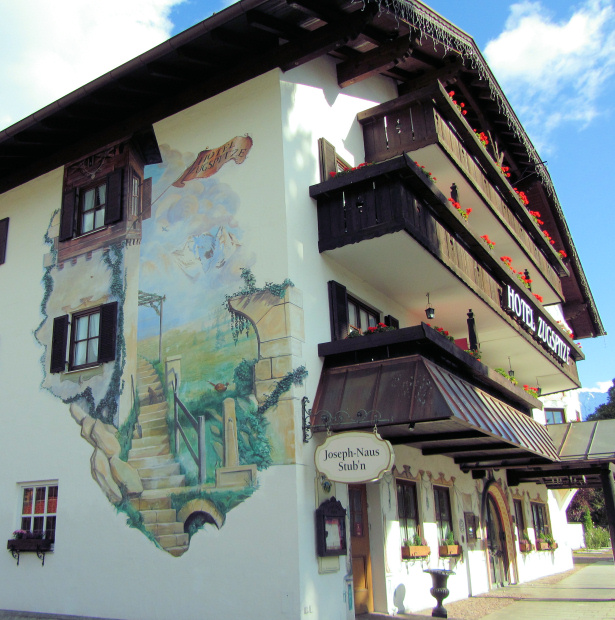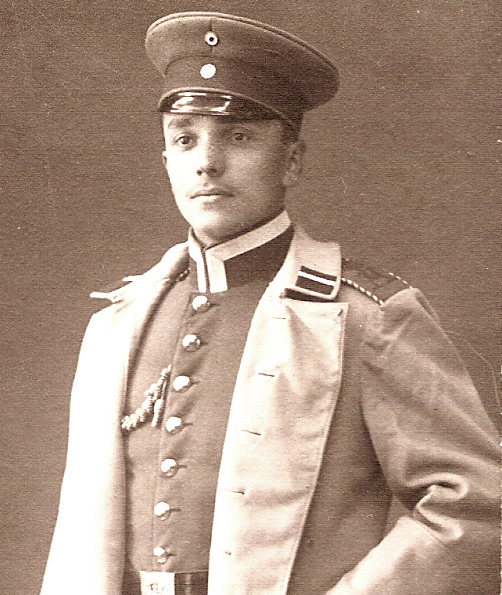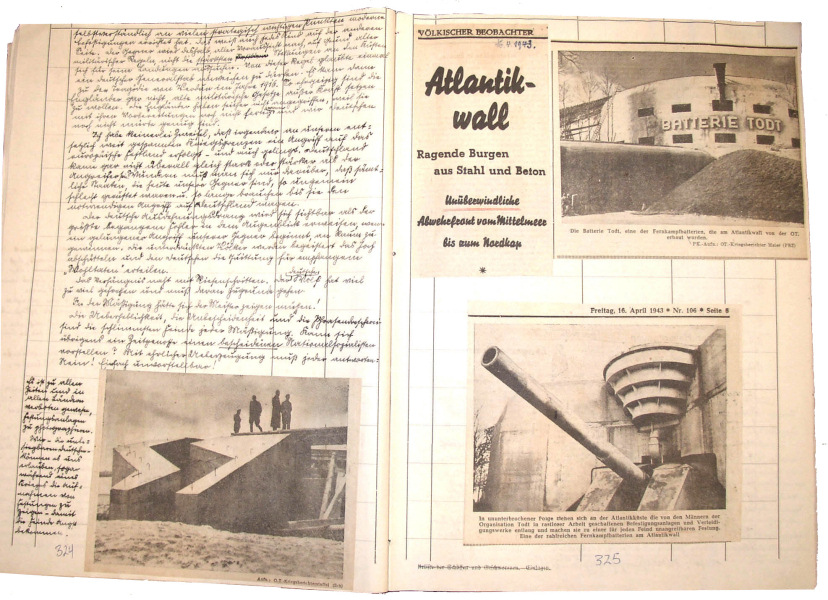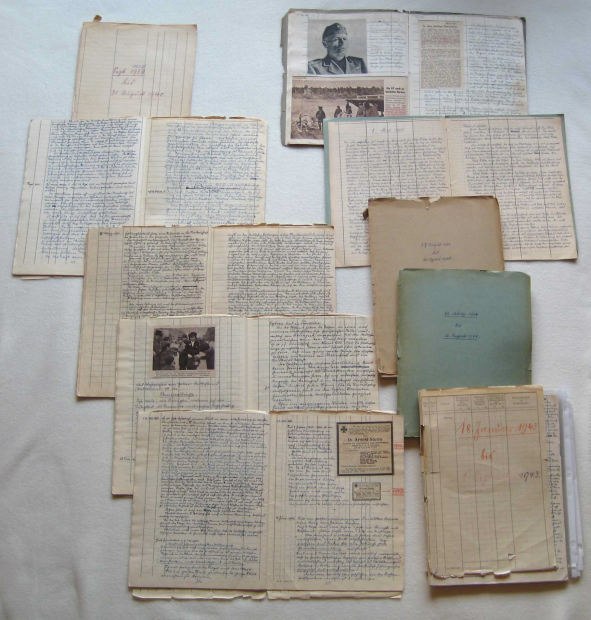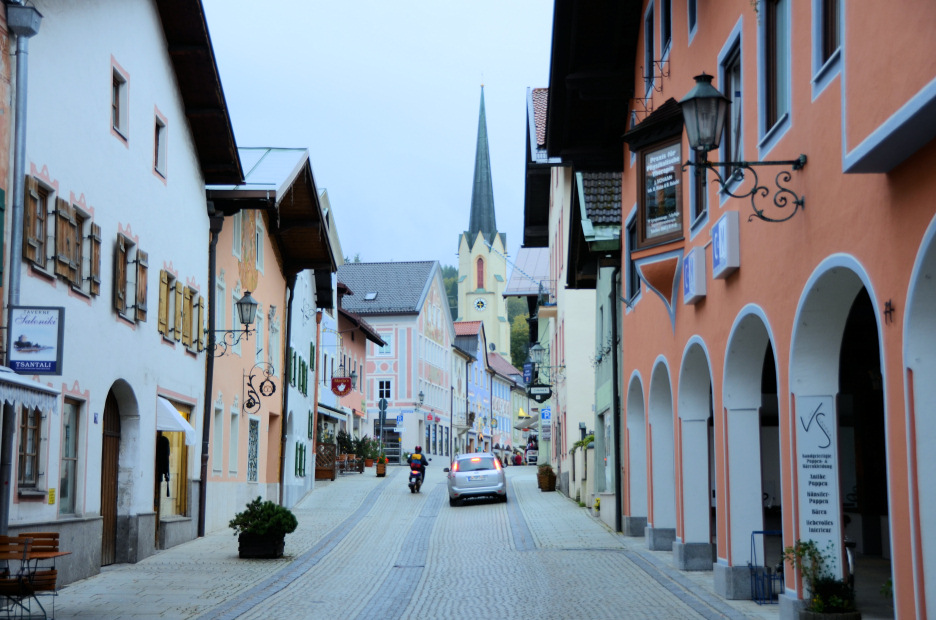
Driving in Germany. How bad can it be? Cute towns, charming churches, quaint signs that you can’t read. You’re having a good time until you realize you don’t know where you’re going, and the winter night is closing in fast. Like Hansel and Gretel, you didn’t prepare. And it’s only a matter of time before someone tries to eat you.
What to do? Buy a GPS unit. No matter how lost you get, your GPS can find a way out of it. This is important because you can map out the perfect route before you go, but that route may have to change. Why? Because this may be on your route:
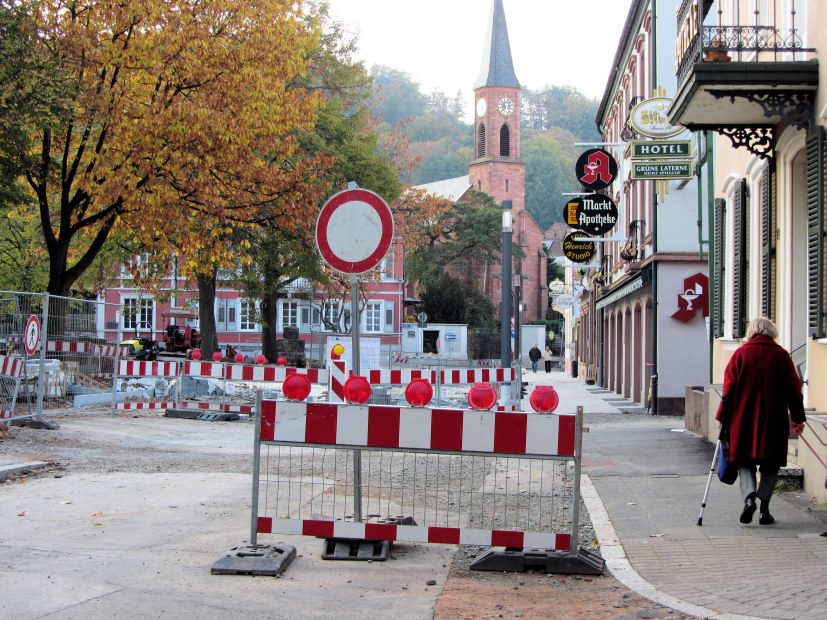
Incidentally, I wouldn’t count on a cell phone’s GPS app as my only guide. Cell phone coverage can be spotty where you need it most, and you may end up waiting forever for new maps to load if you get lost and run off your preprogrammed route.
But maybe you like maps. That’s good! You should look at the map as well before you leave home. Don’t blindly trust the GPS, or you’ll end up learning the hard way that Rodenbach, Hessen, is about 100 miles (173 km) from Rodenbach in the Rheinland-Pfalz.
What makes Germany so hard to navigate without computerized help? It contains a huge number of little towns. To give you some idea of the sheer confusing number of them, Texas contains 1,215 incorporated communities. The state of Rhineland-Palatinate (Rheinland-Pfalz) alone contains over 2,000. And it’s smaller than Vermont!
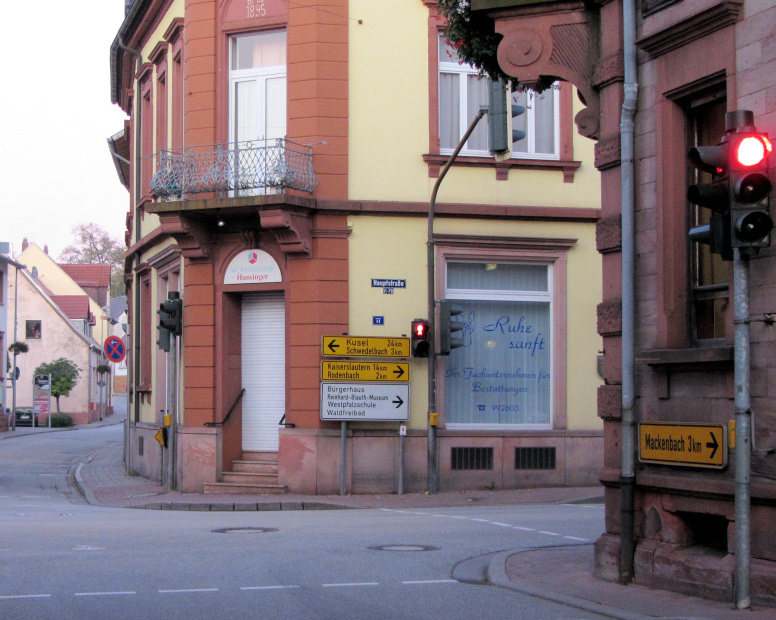
Add to that the propensity for European signs to point to the next city or town rather than to point in a cardinal direction. The sign above is a good example. It points out the nearest city, Kusel, which is 24 kilometers away. And it points out the next little town. But what if you want to go to a town 10 kilometers away? You won’t find it on the sign.
So buy yourself a GPS unit. Trust me on this. You’ll have a lot more fun exploring the countryside if you know you can find your way home.
To read my latest blog posts, please click on the “Green and Pleasant Land” logo at the top of this page. Photos taken in October, 2011, in various towns in Germany. Text and photos copyright 2011 by Clare B. Dunkle. Texas statistics from the profile section of the Texas Almanac. Germany statistics from Wikipedia.




